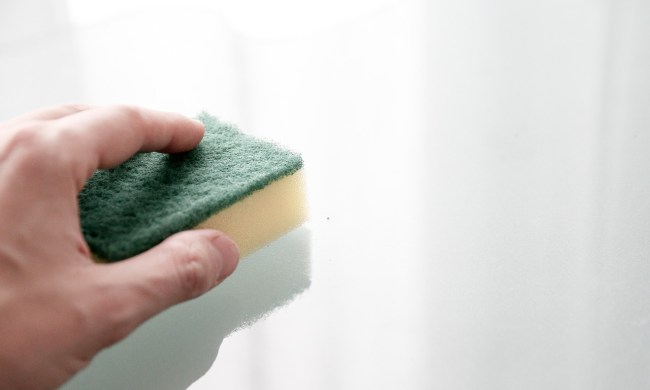
When you want to organize your pantry, you’ll need some tools to keep it that way. Pantry labels provide you with a way to keep your pantry the way you want it to be. Our list of best pantry labels provides you with the tools you’ll need to ensure your pantry stays organized and pleasant to look at.
There are lots of types of labels you can use to organize your pantry. You need options that are durable and flexible, giving you plenty of choices for how you organize and why. The labels on our list provide you with options that you can use to get your pantry in order and just the way you like it.
SMALL FISH Chalkboard Labels
Best Overall

These chalkboard labels provide a way to label just about anything you could want in your pantry. You get 176 labels in total with two chalk markers, yellow and white, for labeling. They peel and stick to a variety of surfaces and have enough strength to hold on through handling and usage. It has a crisp, clean finish with no gloss, so it's easy to see no matter the viewing angle.
Hayley Cherie Printed Spice Jar and Pantry Label Set
Best Pre-Printed

If you don't like the idea of writing your own labels, you could choose a predetermined pack of labels that gives you lots of options for labeling. This 328-label set includes a variety of choices that are commonly found in a pantry, including spices and baking ingredients. They're peel-and-stick, durable, and easy to use.
Chef's Path Airtight Food Container Set,
Best with Container Set

This simple, seven-piece set includes an option for the most common sizes of containers. They give you easy labeling for your containers, and they come with a marker to use. The chalkboard-style option is well-designed and helps with pantry organization for a clean, streamlined look.
Keep your pantry organized with some of the labels on our list, and you won’t wonder where things go. These labels are washable and last a long time, so once you’ve gotten your pantry organized, it’ll stay that way. Plus, they look great while getting the job done.



